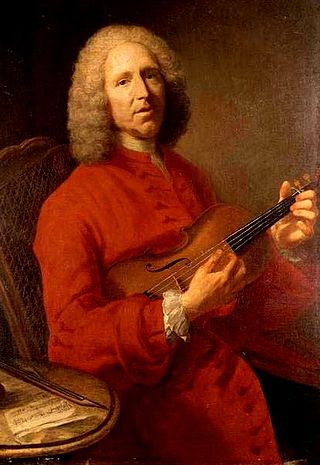Loading AI tools
1748 opera by Jean-Philippe Rameau From Wikipedia, the free encyclopedia
Pigmalion, more commonly today Pygmalion, is an opera in the form of a one-act acte de ballet by Jean-Philippe Rameau first performed on 27 August 1748 at the Paris Opera. The libretto is by Ballot de Sauvot. This work has generally been regarded as the best of Rameau's one-act pieces. He was said to have composed the work in eight days.[citation needed]

| Role | Voice type | Premiere cast, 27 August 1748[1] |
|---|---|---|
| Pigmalion (Pygmalion) | haute-contre | Pierre Jélyotte[2] |
| L'Amour (Cupid) | soprano | Marie-Angélique Coupé |
| Céphise | soprano | Mlle Rotisset de Romainville |
| La statue animée (The animate statue) | ballerina and soprano | Mlle Puvignée fille |

The story is based on the myth of Pygmalion as told in Ovid's Metamorphoses. In Rameau and Sauvot's version, the sculptor Pigmalion creates a beautiful statue to which he declares his love. His girlfriend, Céphise, begs for attention; Pigmalion spurns her and entreats the goddess Venus to bring his statue to life. Magically the statue enlivens, sings, and dances; Cupid arrives and praises Pigmalion for his artistry and faith in his powers. Much celebratory dancing and singing follows, attesting to the power of love. Cupid helpfully finds another lover for Céphise.
Seamless Wikipedia browsing. On steroids.
Every time you click a link to Wikipedia, Wiktionary or Wikiquote in your browser's search results, it will show the modern Wikiwand interface.
Wikiwand extension is a five stars, simple, with minimum permission required to keep your browsing private, safe and transparent.